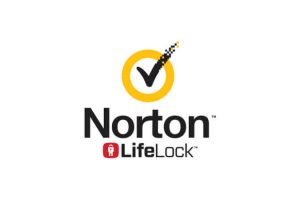This Mega Backdoor Roth conversion article has been updated for the 2024 tax year. Every time I think my retirement savings have reached their maximum level in a given year, another way opens up. This time around it’s after-tax to Roth conversion — commonly known as “Mega Backdoor Roth conversion”. And honestly? I am annoyed with myself for not taking advantage of it sooner!
My retirement savings trajectory over time has taken the following shape:
As I leveraged my employer’s generous 50% match for maximum IRS-allowable 401K contributions (with Mrs. 20SF following suit later), and contributed 25% of income generated through side hustles (such as this site) into SEP or Solo 401K accounts, we saw great results!
Moving from a PPO to an HDHP paired with an HSA and contributing the maximum allowed each year may save money and allow the HSA funds to be withdrawn later for non-medical expenses if necessary, similar to an IRA account.
Discovering that Mrs. 20SF was able to use her 457B Plan effectively double her pretax 401K contributions; and finally taking advantage of its mega backdoor Roth conversion feature.
Before we discuss what a mega backdoor Roth conversion entails, let’s first define what a backdoor Roth IRA is. Simply put, it allows high income earners who exceed Roth IRA income limits an indirect way of contributing to one. In order to reap its benefits they must exploit an IRS loophole by contributing through non-deductible Traditional-to-Roth conversion and taking steps like:
Contributor owns both a Traditional IRA and Roth IRA with the same broker and achieves an income level that surpasses their Roth IRA contribution income limit for that given year.
Contributors make contributions to their Traditional IRA for that tax year (up to the maximum contribution limit of $7,000; age 50 or over may make catch-up contributions of $8000).
After your contribution posts to your account (typically within 24 hours or later), contributor can convert 100% of funds from Traditional to Roth IRA without taking a tax deduction for it.
There are many factors you need to keep in mind if you are considering converting from Traditional IRA to Roth IRA through backdoor conversions. I generally favor Traditional accounts over Roth ones for high income earners, as backdoor Roth conversions waste tax deductions while mega backdoor Roth conversions can provide unique opportunities.








+ There are no comments
Add yours